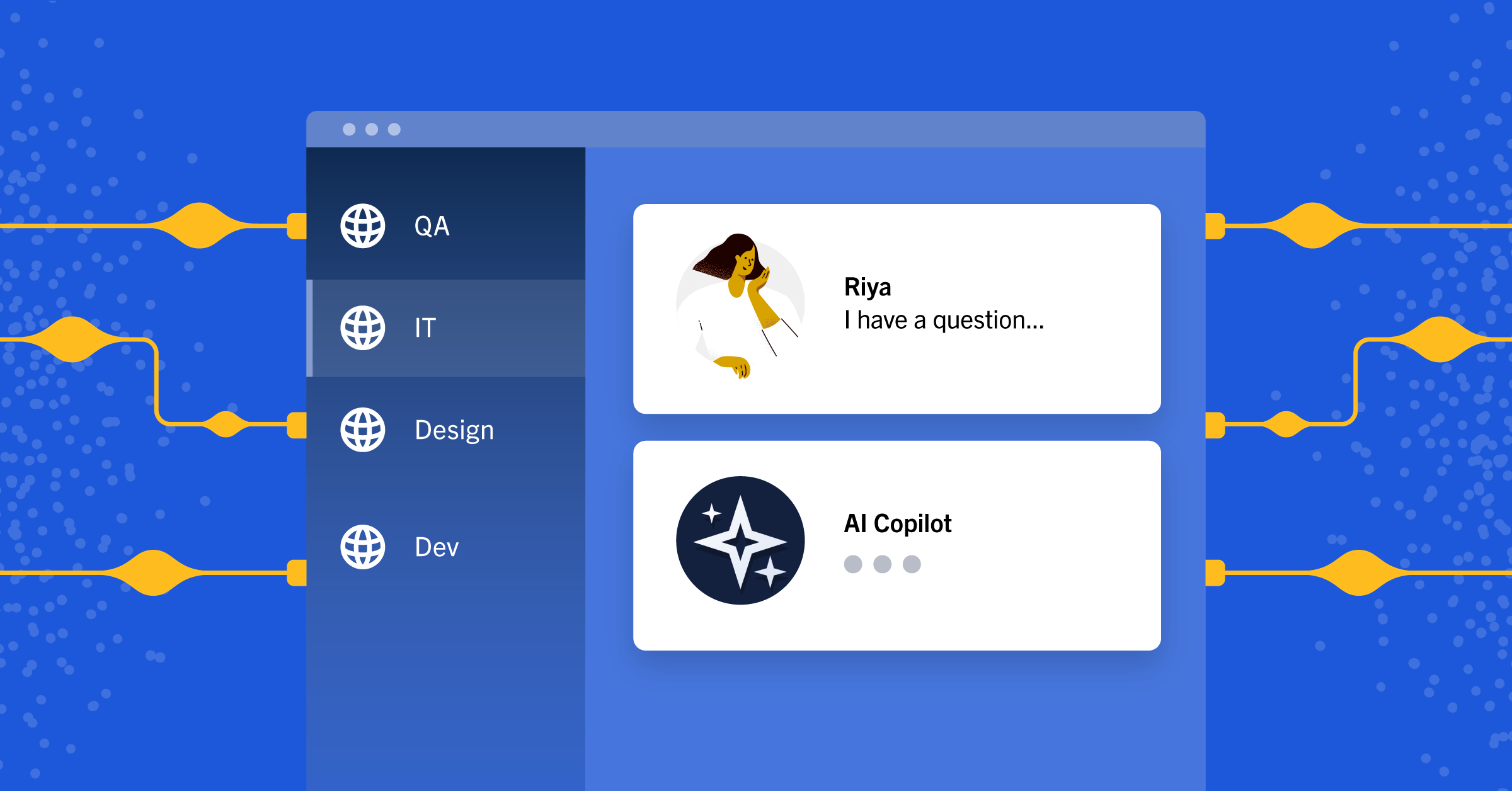
What is data portability & why should businesses care about it?
Prioritizing data portability ensures that you stay in control of your organization’s data — and that data transfers are smooth and seamless.
If you wanted to switch from one project management tool to another, what would happen to your data?
As more and more business operations undergo digital transformations and move online, organizations have become more reliant than ever on their digital data. Many take for granted that their data is their own and that they can take it with them if they change tools. But for those who rely on third-party tools, control of data may not be so simple.
In this article, we’ll explore the importance of data portability and how organizations can make strategic software decisions to ensure they stay in control of their data — both now and in the future.
What is data portability?
Data portability refers to the ability to move data between different systems or platforms. By enabling the transfer of data from one software solution to another, data portability empowers businesses to leverage the best technologies, improve security and compliance practices and unlock the full potential of their data.
At a high level, data portability gives organizations greater control over their data. In an age where the average organization uses more than 250 applications, being able to move data from one place to another is more than just a nice to have. Just imagine the havoc that could be caused if just 10% of those vendors locked your organization into their ecosystem.
In addition to enabling organizations to move their data wherever they want, data portability also makes it easier to comply with privacy regulations, including the General Data Protection Regulation (GDPR) and the California Consumer Privacy Act (CCPA). As a result, businesses that prioritize data portability can protect themselves against the significant fines that can be levied under such legislation.
Other benefits of data portability include increased collaboration, reduced risk of data loss, and an easier path toward becoming a data-driven enterprise.
How to improve data portability in your software solutions
Data portability starts with the software solutions you choose for your business from day one. When selecting software solutions to facilitate data portability, there are several essential factors to consider, which we’ll examine in this section.
1. Prioritize compatibility and interoperability
Ensure that the software solution is compatible with your existing systems and can seamlessly integrate with other platforms. Interoperability enables smooth data flow between different applications, eliminating the need for manual interventions and reducing the risk of data errors or loss.
2. Opt for standardized data formats and protocols
Look for software solutions that support widely accepted data formats and protocols. Standardization ensures that data can be easily understood and processed by different systems, making data transfer more efficient and reducing the need for complex data transformations.
3. Consider scalability and flexibility
As your organization grows and data volumes increase, it’s crucial to select software solutions that can scale accordingly. Flexibility allows you to adapt to evolving business needs, accommodate new data sources, and ensure a seamless transfer process as your requirements change over time.
As you begin prioritizing data portability across your organization, consider choosing open source software wherever it makes sense. Leading open source solutions are built with open standards and open protocols, which make them interoperable with different systems and platforms. This, in turn, makes it easy to transfer data from one platform to the next. Since open source software gives you complete access to source code and can be customized infinitely, organizations can use open source solutions to meet specific data portability requirements.
To learn more about the power of open source software, check out our free guide: How to Build Your Open Source Productivity Stack.
4. Look for robust security measures
Transferring sensitive information from one system can be one of the most vulnerable times for your data, so ensuring data security during that process is key. Choose software solutions that prioritize data protection and encryption during the export process with functionality such as account authorization, encryption, and delayed delivery. Assess their security protocols, certifications, and compliance with industry standards to ensure the safety and integrity of your data.
Best practices for implementing data portability
To successfully implement data portability within your organization, follow these best practices:
1. Identify what data you have and where it lives
Conduct a comprehensive analysis of your data landscape. Identify the data that needs to be transferred, its location, and the systems or platforms involved. A detailed data inventory will help you prioritize and plan your strategy for data portability early on.
2. Make sure your data is accurate
Before initiating the transfer, ensure that your data is accurate, consistent, and free of duplicates or errors. Implement data cleansing and validation processes to improve data quality, as transferring flawed data can have negative consequences on downstream operations and analytics.
3. Utilize purpose-built data migration tools and automation
Leverage data migration tools and automation to streamline the data transfer process. These tools can simplify complex data transformations, automate repetitive tasks and minimize human errors, ensuring a smooth and efficient portability experience.
4. Conduct rigorous quality assurance
Thoroughly test the transferred data to validate its integrity and accuracy. Perform quality assurance checks to ensure that the data is usable and aligns with your business requirements. Rigorous testing reduces the risk of data discrepancies and guarantees a seamless transition for your organization.
Making the strategic choice for data portability
Data portability is no longer a luxury but a necessity in today’s digital landscape.
By understanding the importance of data portability and selecting appropriate software solutions, you can harness the full potential of your data and empower your organization to make better decisions — all while avoiding vendor lock-in.
Embrace data portability as a catalyst for growth, and empower your organization to thrive in the data-driven era!
To learn more about why Mattermost is an ideal operational hub for technical teams that care about data portability, check this out.




